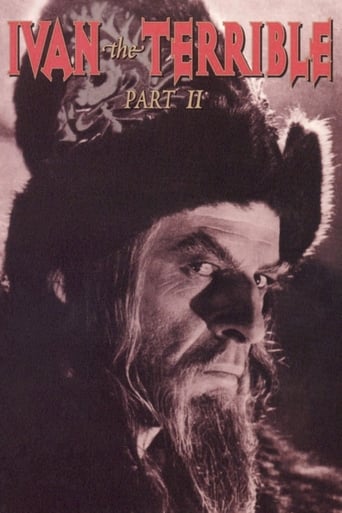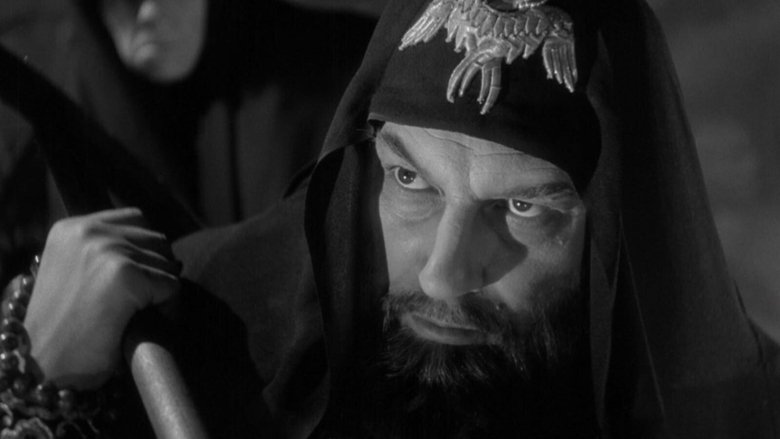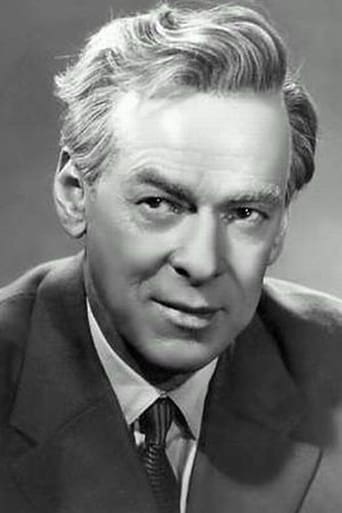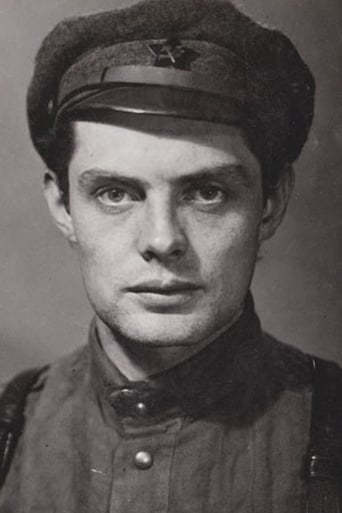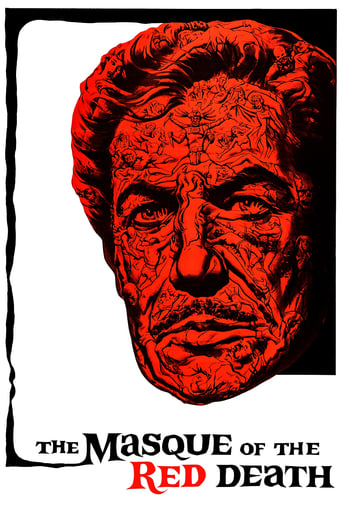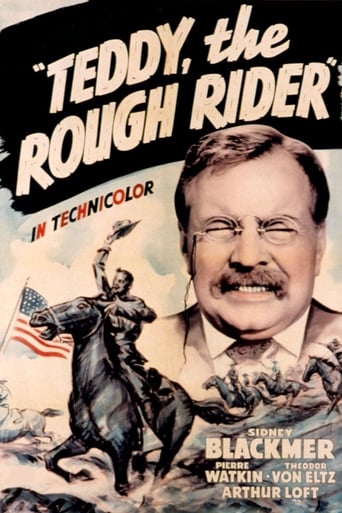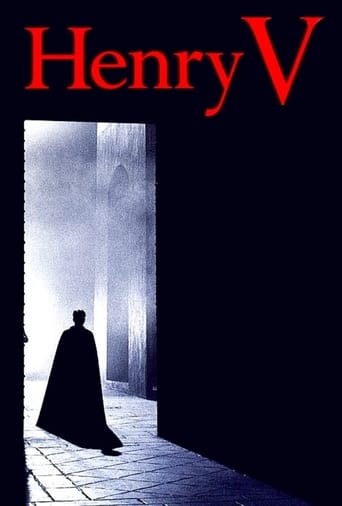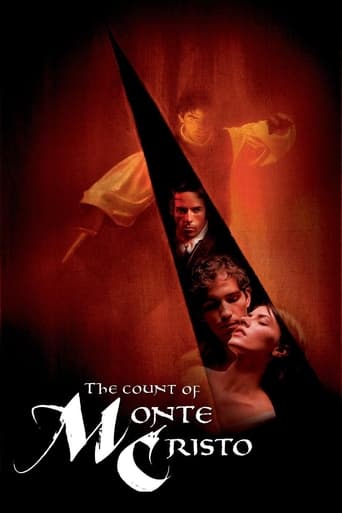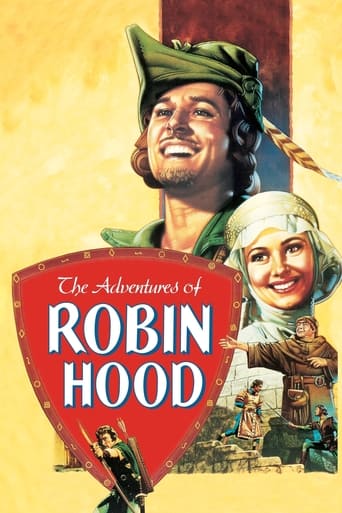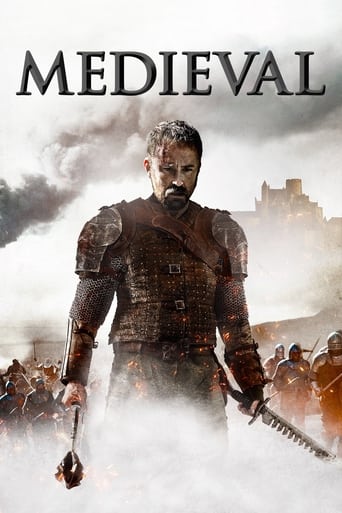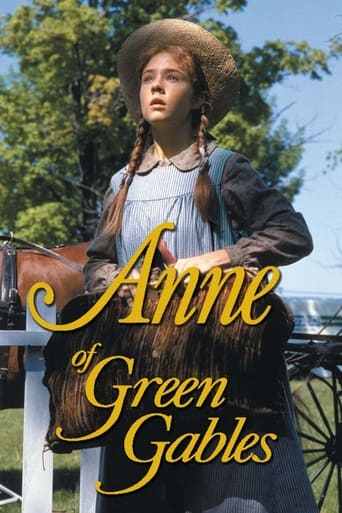Ivan the Terrible, Part II: The Boyars' Plot (1958)
This is the second part of a projected three-part epic biopic of Russian Czar Ivan Grozny, undertaken by Soviet film-maker Sergei Eisenstein at the behest of Josef Stalin. Production of the epic was stopped before the third part could be filmed, due to producer dissatisfaction with Eisenstein's introducing forbidden experimental filming techniques into the material, more evident in this part than the first part. As it was, this second part was banned from showings until after the deaths of both Eisenstein and Stalin, and a change of attitude by the subsequent heads of the Soviet government. In this part, as Ivan the Terrible attempts to consolidate his power by establishing a personal army, his political rivals, the Russian boyars, plot to assassinate him.
Watch Trailer
Free Trial Channels
Cast


Similar titles
Reviews
just watch it!
Just perfect...
Watch something else. There are very few redeeming qualities to this film.
This movie feels like it was made purely to piss off people who want good shows
Both of Eisenstein's Ivan films are extremely impressive, though it is part two that makes them a water-shed moment in film, and to a degree twentieth century, history.Aesthetically, perhaps the most impressive thing about the films is the art direction. That sounds like a strange thing to say about a film as intricately constructed as this one but I'll stick by it. The set pieces are not just impressive, but constitute brilliant and unique works of art in and of themselves. The nightmarishly icon-covered walls of the sets, the gorgeous but sinister props representing stupendous luxury and power, but also id-infused terror, could fill the halls of a major museum and wow in their own right, even if they were not part of a watershed-film.This is the only one of Eisenstein's films, that I know of, to be composed almost entirely of interior scenes. This gives a very claustrophobic quality, and makes the "leader of the people" seem utterly cut-off from the land and people he represents. The incredible chiaroscuro lighting also leads me to believe that Eisenstein had managed to watch the then only 7 or 8 year old Citizen Kane. Eisenstein's famed close-ups are juxtaposed with Wellsian deep focus and disorienting angles including those of ceilinged sets.And yes, that sense of detachment is what becomes, much more pointedly in part 2, the work's famed political commentary. Eisenstein had surely been prepared to die when Stalin saw the second film. It's depiction of the leader is unmistakable and, indeed, was not mistaken. Stalin repressed the second film and the planned third installment was never begun. Ivan is depicted as not so much monstrous, but trapped by power. By the second film he is more pathetic than terrifying. A man who is left desperately lonely because he has murdered all of his friends.
Although Eisenstein has never been among my favorite directors, I must admit his unfinished trilogy about Ivan the terrible proves his great talent, sincerity and bravery as a filmmaker.Part 2 of the trilogy was criticized by Stalin and banned, the production of part 3 was stopped.Stalin,who idealized Ivan 4 as a founder and a leader of a powerful Russian State, suggested(namely, ordered) Eisenstein the biopic about him. Eisenstein planned to make it as a trilogy to make from "ordered" subject matter cinematic works of art. As a whole trilogy must have been represent three stage of Ivan's life: the heroic youth of "Tsar of All Russia', his middle age with the suffering and the beginning of moral decline as a results of never-ending conspiracy, and the beginning of last period of his life with a massacre in Novgorod and battles in Livoian War,where all of his supporters were killed and he was left alone at last.I've recently read the scenario of part 3 and found there both apparent similarities with previous parts and logical development of the plot after the events depicted previously. Among these 3 parts, the plot of part 2 is the pivotal one, so the contrast with part 1 naturally turned out to be very keen, and probably that's why Stalin and his fellows saw in it unpleasant contradiction with heroic part1. The composition of the trilogy is so dramatic and complete in its tragic sense that somehow reminds me of "Godfather" trilogy, but it is based on historical facts. And author's intention seems to represent the tragic life of this unique historical person with no bias of propaganda. Eisenstein was so sincere as an artist that he couldn't simplify the complex and dramatic life of his hero. And he was so brave in front of real political power that no compromise was made in creating the most uneasy part 2.
The movie "Ivan Groznyy I" from 1944 was already made in a terribly outdated style, even for its era. "Ivan Groznyy II: Boyarsky zagovor" is no different. Sergei M. Eisenstein's style of featuring long stares and extreme close-ups worked out extremely well and effective for his silent movies but in 'talkies' it only slows the movie down. Sure it's fine and artistically impressive looking all but it's not halve as effective as would be the case with a silent movie.Even though this movie got released 14 years after the previous movie "Ivan Groznyy I", it still got shot at the same time as the first movie. Reason why it got released so much later was because Stalin banned it because he wasn't too happy about the portrayal of Czar Ivan IV in this movie, who's more dark side is shown and besides shows a more crazy side of him, as he slowly slides into madness. Guess we should be lucky that this movie still exists today and that it didn't got completely destroyed during Stalin's reign.Because of the fact that the movie its story and main character are much darker, the movie becomes also more interesting to watch, when comparing it to the first movie. It's darker approach also makes its old fashioned style of film-making more tolerable. It suits its story better, even though its still far from ideal. I just can't imaging people still liked watching this in 1958, no matter how great and big Eisenstein was, who had died 10 years prior to the release of this movie.It's an interesting watch for those interested in history and for the fans of Eisenstein's work. It would had been interesting to see part III being completed but Stalin halted production and showed destroyed most of the already shot footage, since the movie once more didn't showed Ivan to his own liking and the movie was supposedly also a protest against Stalin own current regime, that showed some parallels to the tyrant methods of Ivan the terrible, as got portrayed in that movie.Already an outdated movie during the time of its production but still an artistically interesting movie to watch, that works out better than the first movie.8/10http://bobafett1138.blogspot.com/
After all these years, and Stanislavsky and our own mumbling, subliminal "method" thespians, albeit a few of them too rise above and transcend mere impersonations, Eisenstein's stylized close-up and "painterly" orchestrated set pieces, even his early use of cinema color is true art and not pastiche, elevate and transform the medium of "film." No superficial Barrymore elocutions and stridencies here. When they are present, they cut deep and true and astonishingly powerful. "Acting with the eyes" herein, in both parts of this authentic masterwork, becomes a visceral AND mental powerhouse of drama that pulses beyond mere "theater." Neither sophisticates nor cynics can sneer at this brand of "eyeball-rolling." And it all has to be attributed to the genius of Sergei Eisenstein and his collaborators. Note well he credits the cameraman second and the music scorer third, but the chef in this magical mix is the auteur, the creator, the writer/director. The two "stars," Cherkasov and Birman are, in a word, incomparable. And, in another, incredible. Talk about "power." In retrospect, what must it have been like for the genius when he met and dealt with the likes of Stalin? Now, that might be a fitting subject for some new auteur.

